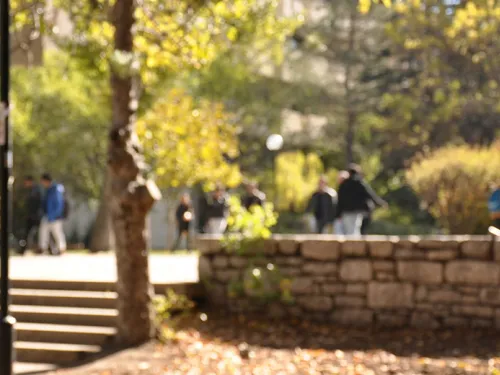by: Oren Segal
July 29, 2014
If you have been reviewing any number of parenting or education blogs lately, you’ll see headlines proclaiming the menace and dangers of technology. Technology, and more specifically, social media and mobile apps are often treated like “monsters” to guard against and the creators of all matter of social ills. Even if technology is scary and daunting to some adults, for youth it is a necessary and positive part of life. In addition to using technology for homework and research, teens use technology as a part of an active and complex social life. Of youth 12-18 years old, 78% have cellphones and 74% are mobile internet users.
That is not to say that there are not valid issues and concerns related to technology. Disrespect, bullying and bias are all experiences which still exist for youth, and technology adds different modalities for it to spread. From our vantage point,the real menace in our society is ignorance and apathy, and adults can slay the metaphoric monster with education and empathy-building.
Being thoughtful, kind, using humor in good ways and developing skills to be an effective ally are all socializing opportunities and hold valuable lessons for youth. Adults have the opportunity to explore, learn alongside and guide youth to utilize technology and social media sites in respectful and positive ways, teaching youth to be an active part of creating an inclusive online world as well as behaving in ways to keep themselves safe.
Educating youth about online behavior is not just about “bully-proofing” them; it’s about doing your part so that your young person isn’t the aggressor or a bystander in acts of cyber cruelty or cyberbullying. Here are some ideas to cultivate online ally behavior for youth in your life:
- Adopt a positive attitude about technology and social media. The overwhelming majority of youth are utilizing technology in positive ways. If you always speak negatively about this aspect of their life, you are dismissing an important aspect of their life.
- Show humility if you are unsure about how something works online. Ask questions that broaden your understanding and don’t verbalize any judgments when you are learning. Consider appointing or hiring a “youth guru” to fill you in on the latest and greatest apps and social media sites. Or stay connected with our Grown Folks Guide to Popular Apps in Social Media.
- Ask more questions, use lectures sparingly. For example: Why do you think some people think its ok to make jokes about someone’s race or religion? What kind of place does the internet become if no one cares about the words they choose?
- When you see biased online stereotyping, jokes, memes or videos online- discuss them openly. Anti-bias education with youth requires ongoing discussion. You don’t have to have all of the answers, but one important lesson can be made clear: it’s not ok.
- Regularly share examples of youth standing up and being allies. The message you send is “I love this behavior, and I want to see this from you.”
- Teach youth that reporting is not the same as “snitching.” Many youth understand that hurtful comments and posts are the wrong thing to do, but many youth believe “snitching” is worse. Helping youth to understand that reporting hurtful comments, and especially threatening comments, is an integral part of creating safe spaces online. ADL’s Cyber-Safety Action Guide can help you navigate how to report concerns to service providers.
For more resources on how to prevent and intervene in bullying and cyberbullying, internet guidelines, and information on cyberbullying warning signs- visit our Families and Caregiver Resources List.










